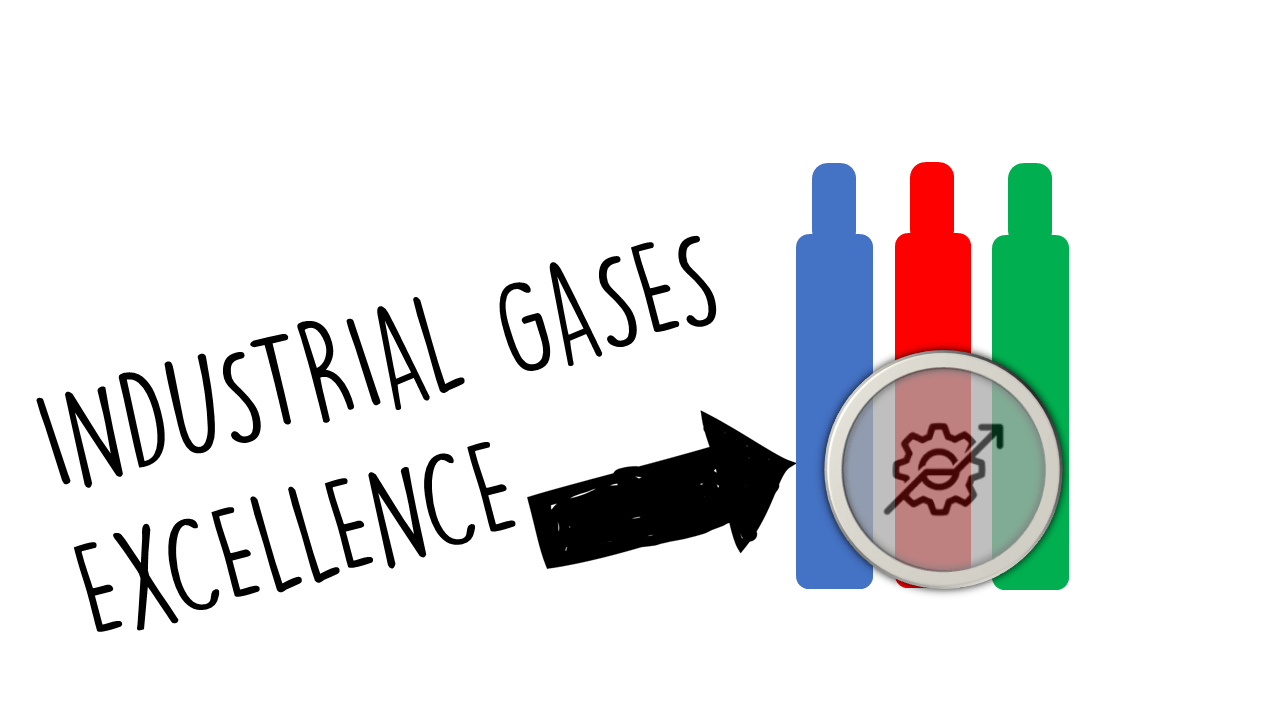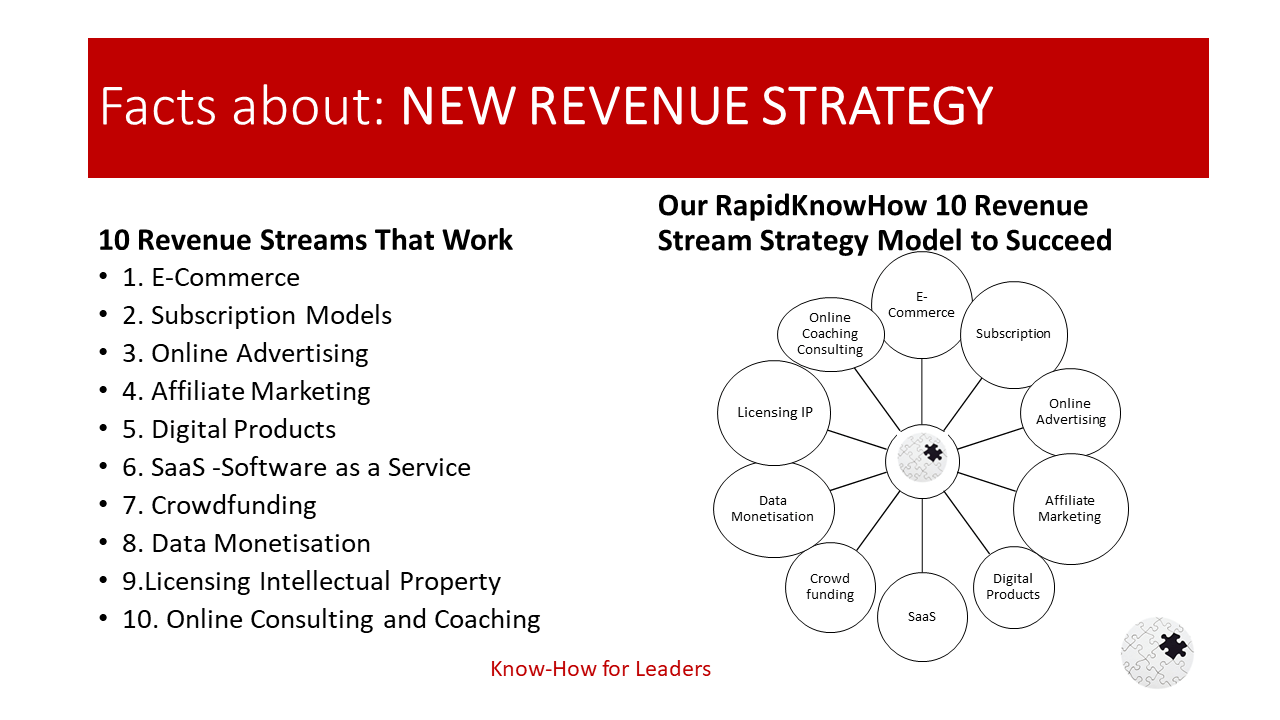The Industrial Gas Ecosystem: An Overview
The industrial gas ecosystem is a complex network that encompasses the production, distribution, and utilization of gases used in various industrial applications. This ecosystem plays a crucial role in numerous sectors, including manufacturing, healthcare, food and beverage, and energy. Understanding this ecosystem involves examining its structure, functionality, benefits, and key players.
Describing the Industrial Gas Ecosystem
At its core, the industrial gas ecosystem consists of several interconnected components:
1. **Production**: This involves the extraction and refinement of gases such as oxygen, nitrogen, argon, hydrogen, and carbon dioxide. These gases can be produced through various methods including air separation units (ASUs), steam methane reforming (SMR), and gasification processes.
2. **Distribution**: Once produced, industrial gases are transported to end-users through pipelines, tankers, or cylinders. The distribution network is critical for ensuring that these gases are delivered safely and efficiently to various industries.
3. **Utilization**: Different industries utilize these gases for a variety of applications. For instance: – Oxygen is essential in steel manufacturing and medical applications. – Nitrogen is used for inerting processes and food preservation. – Hydrogen is increasingly important in clean energy initiatives.
4. **Regulatory Framework**: The ecosystem operates within a framework of regulations that govern safety standards, environmental impact, and operational practices.
Why the Industrial Gas Ecosystem Works
The industrial gas ecosystem thrives due to several factors:
1. **Diverse Applications**: The versatility of industrial gases allows them to be used across multiple sectors. This diversity creates a stable demand that supports the entire ecosystem.
2. **Technological Advancements**: Innovations in production techniques and distribution methods have enhanced efficiency and reduced costs. For example, advancements in cryogenic technology have improved the separation processes for producing gases.
3. **Globalization**: As industries expand globally, the need for reliable gas supply chains has increased. This globalization fosters collaboration among producers, distributors, and end-users across different regions.
4. **Sustainability Initiatives**: With growing concerns about climate change and environmental sustainability, there is an increasing focus on cleaner production methods and alternative energy sources like hydrogen fuel cells.
How the Industrial Gas Ecosystem Works
The functioning of the industrial gas ecosystem can be broken down into several key processes:
1. **Production Process**: Gases are produced through various methods depending on their type: – Air separation plants extract oxygen and nitrogen from atmospheric air. – Hydrogen is often produced from natural gas through reforming processes or electrolysis using renewable energy sources.
2. **Quality Control**: Rigorous quality control measures ensure that the gases meet industry standards for purity and safety before they are distributed to customers.
3. **Logistics Management**: Efficient logistics systems manage the transportation of gases from production facilities to end-users. This includes maintaining proper storage conditions to ensure safety during transit.
4. **Customer Engagement**: Suppliers often work closely with customers to understand their specific needs and provide tailored solutions that enhance operational efficiency.
5. **Feedback Loop**: Continuous feedback from end-users helps producers innovate further by developing new products or improving existing ones based on market demands.
Benefits of the Industrial Gas Ecosystem
The industrial gas ecosystem offers numerous benefits:
1. **Economic Growth**: It contributes significantly to economic development by supporting various industries that rely on these gases for their operations.
2. **Job Creation**: The sector creates jobs across multiple levels—from production facilities to logistics management—thereby contributing to local economies.
3. **Innovation Drive**: The need for more efficient production methods encourages research and development within the industry, leading to technological advancements that benefit other sectors as well.
4. **Environmental Impact**: With a shift towards sustainable practices—such as carbon capture technologies—the industrial gas sector plays a role in reducing greenhouse gas emissions.
5. **Safety Standards**: The stringent regulations governing the production and handling of industrial gases ensure high safety standards are maintained throughout the supply chain.
Leaders of the Industrial Gas Ecosystem
Several companies dominate the industrial gas landscape globally:
1. **Air Liquide**: A French multinational company known for its innovative solutions in gases for healthcare and industry.
2. **Linde plc**: A leading global player formed from a merger between Linde AG and Praxair Inc., specializing in providing atmospheric gases.
3. **Praxair (now part of Linde)**: Previously one of the largest suppliers of industrial gases in North America before merging with Linde.
4. **Air Products & Chemicals Inc.**: An American company focusing on hydrogen production technologies as well as other specialty gases.
5. **Messer Group GmbH**: A family-owned company with a strong presence in Europe providing a range of industrial gases.
These companies not only lead in market share but also drive innovation within the ecosystem through research initiatives and sustainable practices.
Conclusion
The industrial gas ecosystem is an intricate network that plays an essential role in modern industry by providing vital resources necessary for various applications across multiple sectors. Its success hinges on diverse applications, technological advancements, globalization trends, sustainability efforts, and strong regulatory frameworks that ensure safety and efficiency throughout its operations. As industries continue to evolve towards more sustainable practices, this ecosystem will likely adapt further to meet new challenges while continuing to support economic growth globally.



